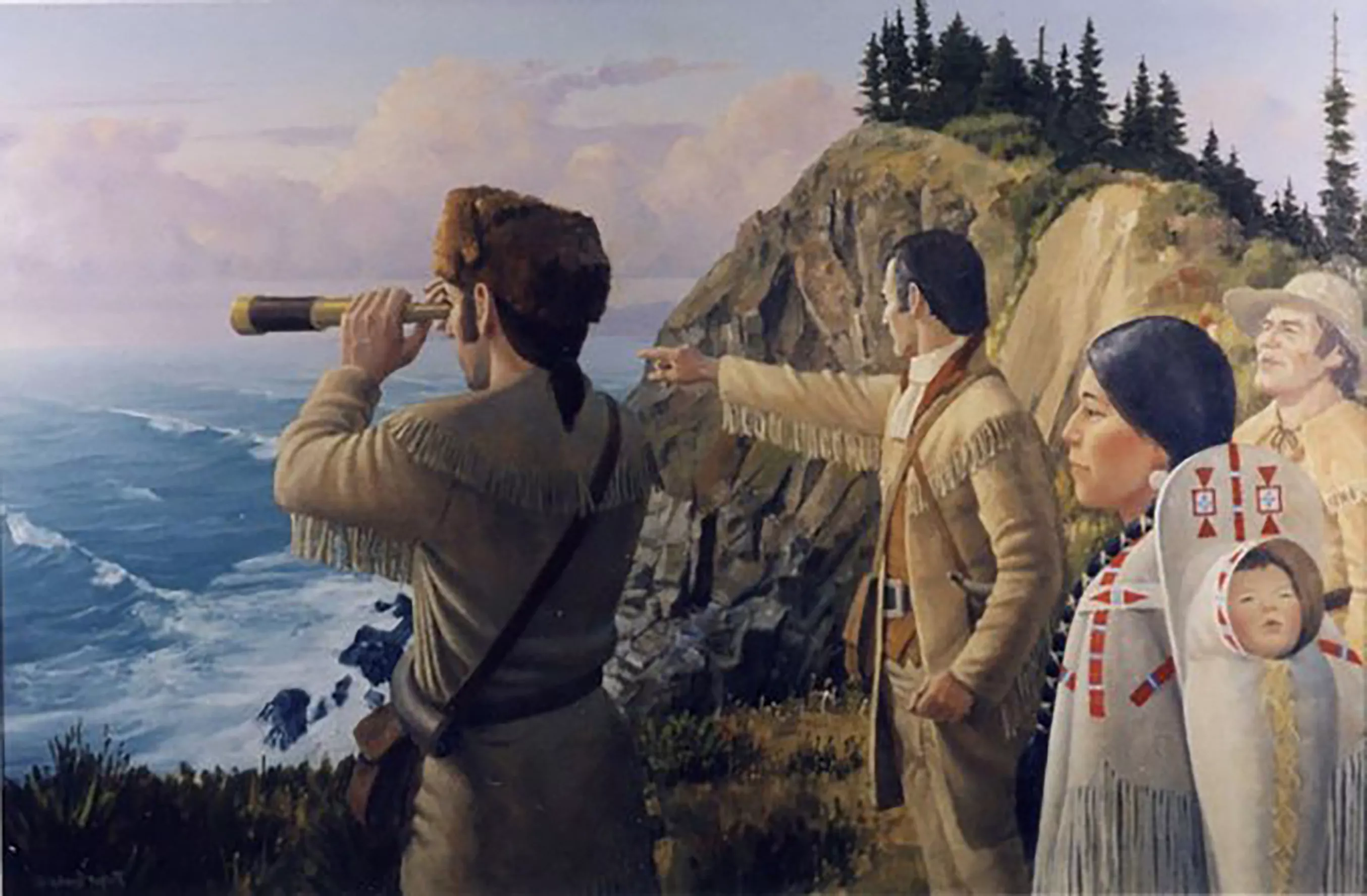Biggest Land Purchase In History
The Lewis And Clarke Expedition
1. Purpose: The main objective of the Lewis and Clark Expedition was to explore and map the newly acquired western territory of the United States, known as the Louisiana Purchase. President Jefferson wanted to find a practical route to the Pacific Ocean and gather scientific data about the region's plants, animals, and native peoples. 2. Leaders: The expedition was led by Meriwether Lewis and William Clark. Lewis, a former army captain, was chosen by Jefferson to be the leader due to his knowledge of natural history and his skills as a frontiersman. Clark, also an experienced frontiersman, was appointed as the expedition's co-leader. 3. Duration: The expedition began on May 14, 1804, in St. Louis, Missouri, and ended on September 23, 1806, when the team returned to St. Louis. It lasted a total of two years, four months, and nine days. 4. Route: The expedition followed the Missouri River upstream, crossed the Rocky Mountains, and descended the Columbia River to reach the Pacific Ocean. They traveled through present-day states such as Missouri, Kansas, Nebraska, Iowa, North Dakota, South Dakota, Montana, Idaho, Oregon, and Washington. 5. Native American Interactions: The expedition encountered numerous Native American tribes during their journey. The interactions varied from friendly encounters to tense situations. The expedition relied on the assistance and guidance of several tribes, such as the Mandan, Shoshone, and Nez Perce.
6. Discoveries and Achievements: The Lewis and Clark Expedition made several significant discoveries and achievements during their journey. They identified and documented over 300 new plant and animal species, including previously unknown species like the pronghorn antelope and the grizzly bear. They also produced detailed maps of the western territory, which aided future settlers and explorers. 7. Winter at Fort Clatsop: During the winter of 1805-1806, the expedition established a winter camp called Fort Clatsop near present-day Astoria, Oregon. They spent several months there, enduring harsh weather conditions and trading with local Native American tribes. 8. Sacagawea: Sacagawea, a Shoshone woman, played a crucial role in the success of the expedition. She served as an interpreter and guide, helping the team communicate with various Native American tribes and navigate unfamiliar territories. She also acted as a symbol of peace and goodwill to the tribes they encountered. 9. Return Journey: On their return journey, Lewis and Clark divided their group into two parties to explore different routes. Lewis took a more southern route, while Clark led a group up the Yellowstone River. They reunited near present-day Bismarck, North Dakota, and continued their journey together back to St. Louis. 10. Legacy: The Lewis and Clark Expedition is considered one of the greatest achievements in American exploration. Their journey provided valuable information about the western territory, expanded knowledge of the continent, and paved the way for future settlement and expansion. The expedition's journals and maps remain important historical documents, shedding light on the natural and cultural history of the region.
America's Iconic Symbol
The Statue Of Liberty
1. History: The Statue of Liberty, also known as "Liberty Enlightening the World," was a gift from France to the United States. It was designed by French sculptor Frédéric Auguste Bartholdi and its metal framework was built by Gustave Eiffel. The statue was dedicated on October 28, 1886, and it has since become a symbol of hope and opportunity for immigrants coming to America...


